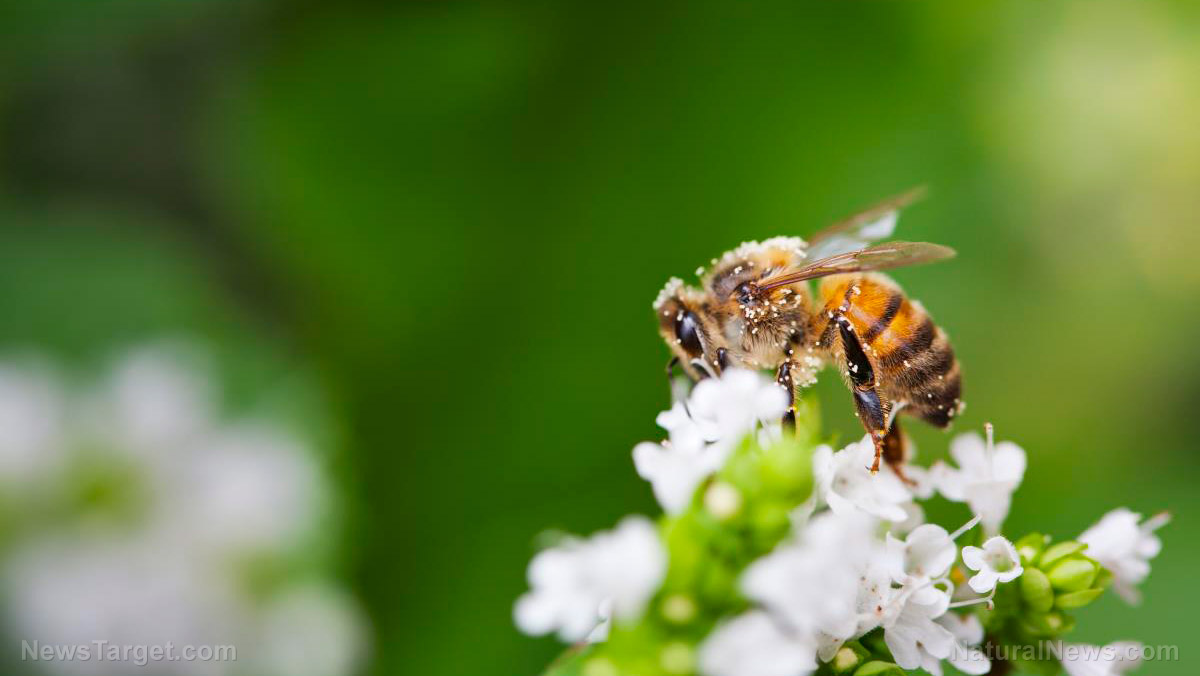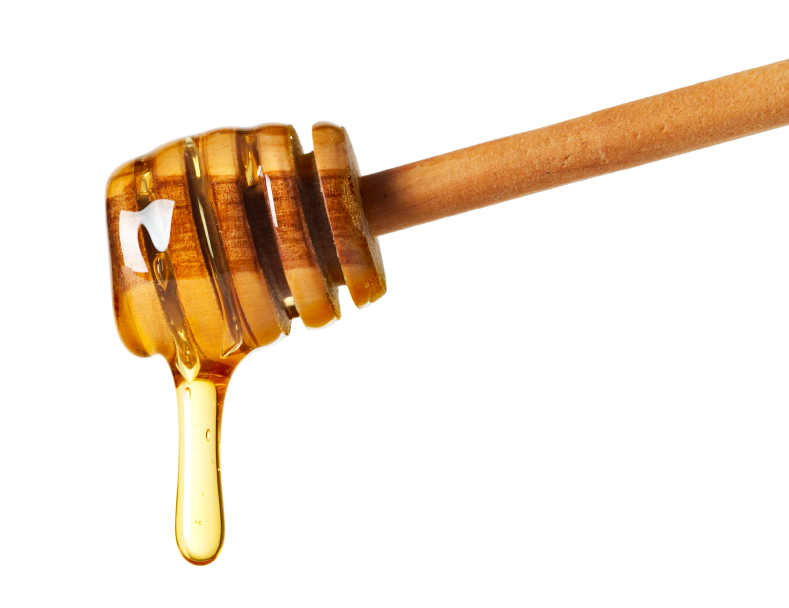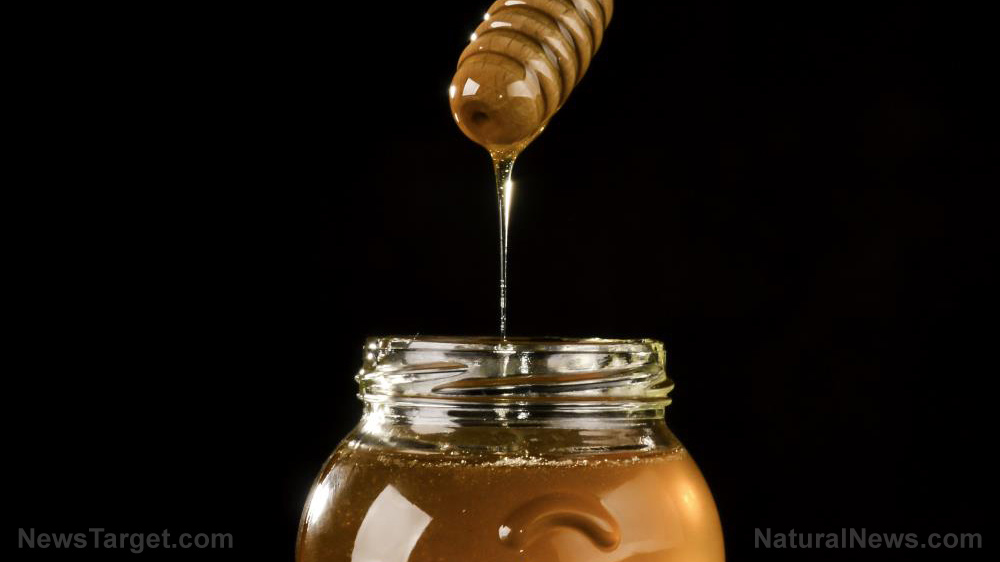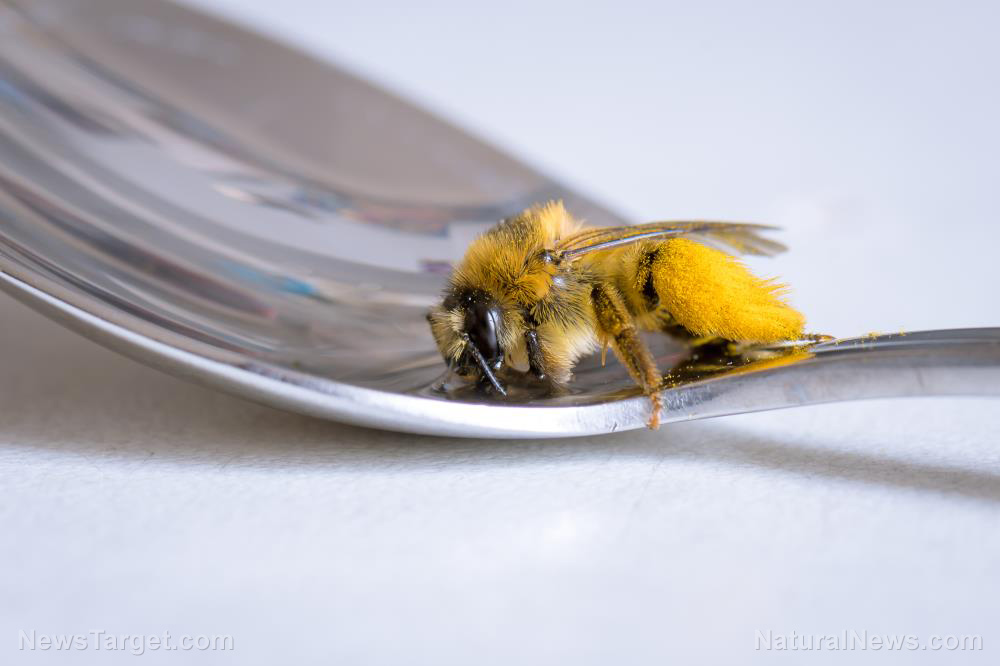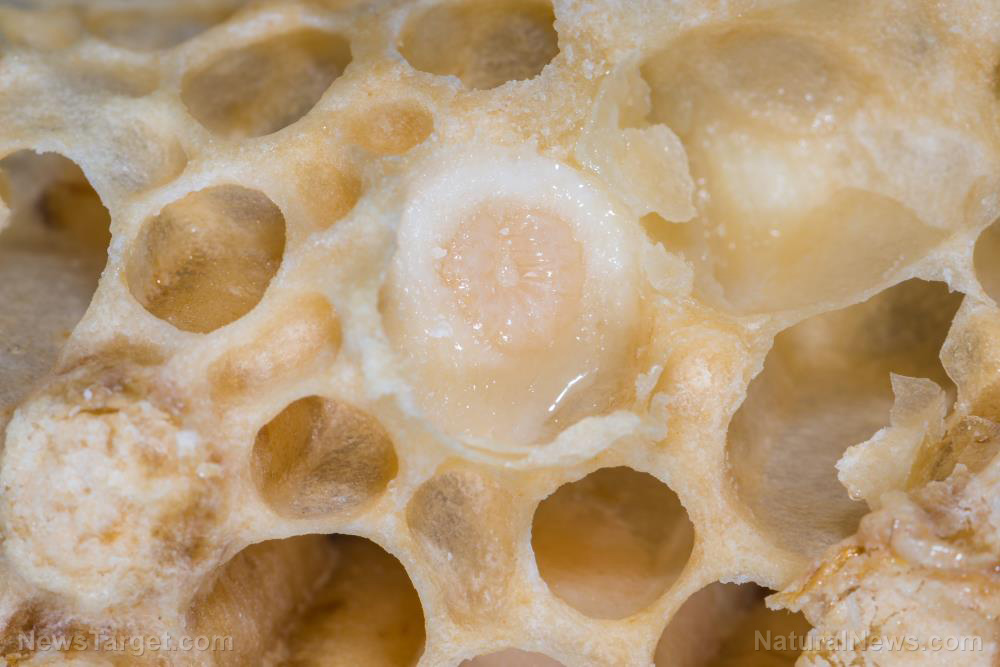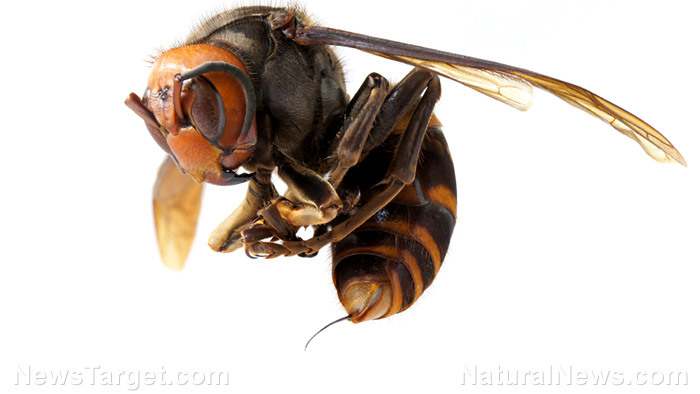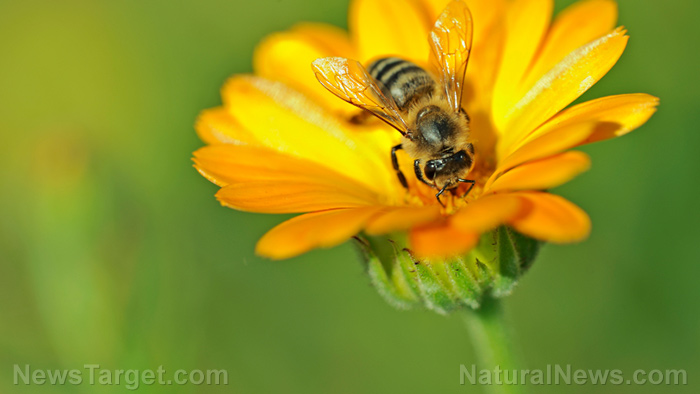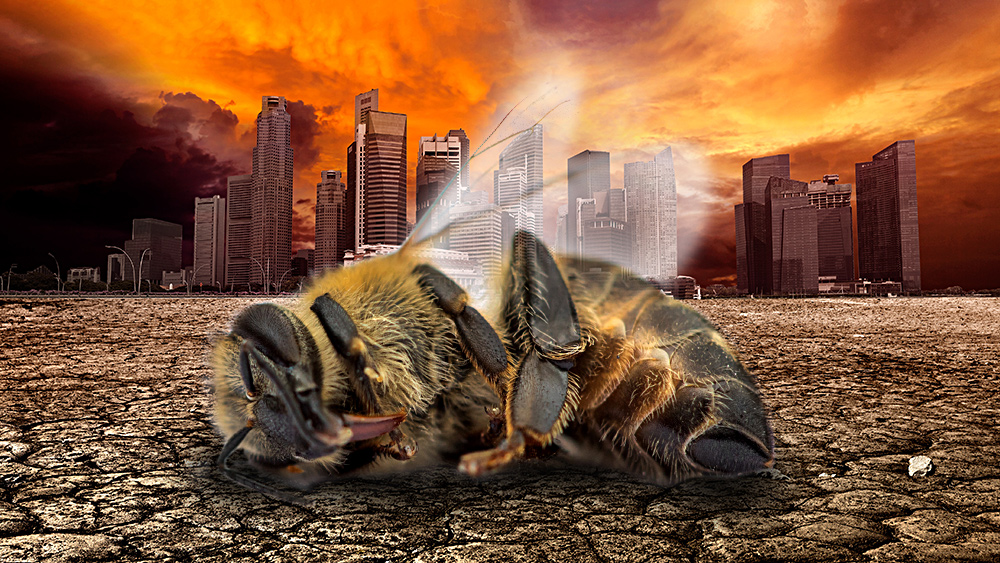Newly discovered pathogen variant may wipe out already threatened bee populations worldwide
05/24/2022 / By Ramon Tomey
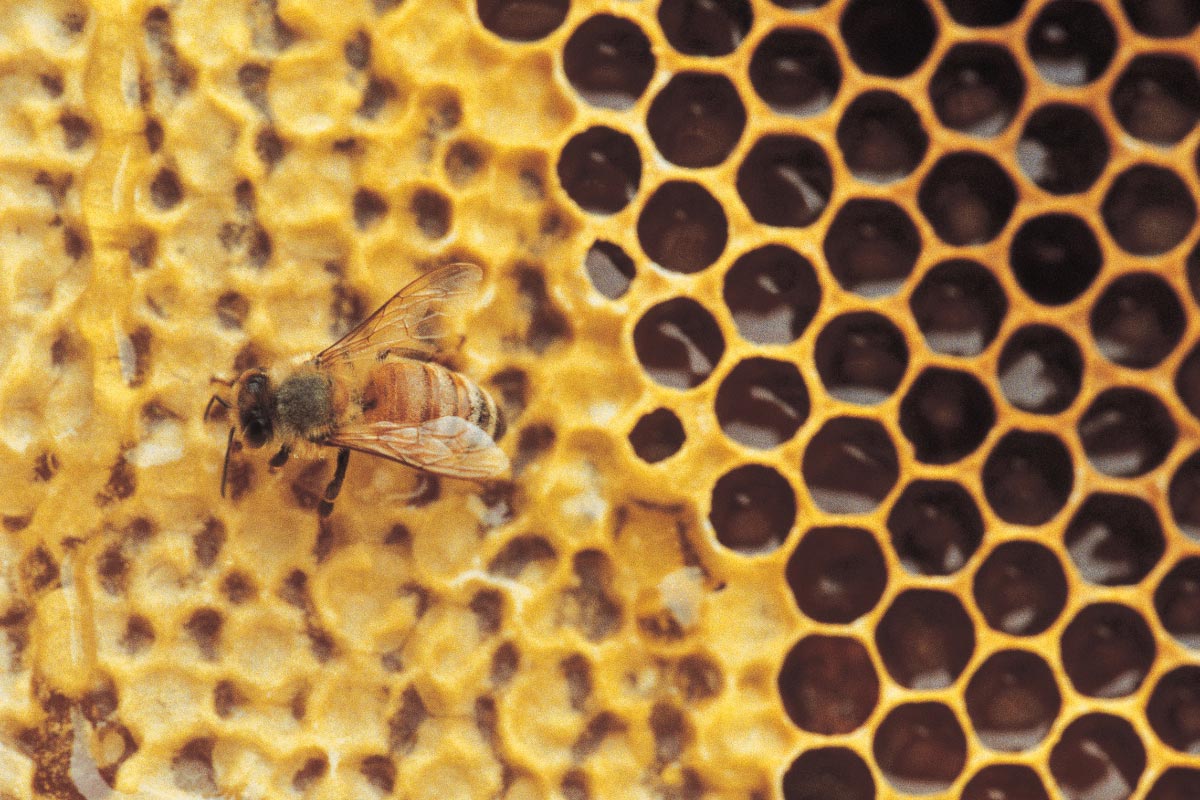
A newly discovered variant of a virus that affects bees is now threatening to wipe out apian populations around the globe.
A variant of the deformed wing virus (DWV), dubbed DWV-B by scientists, appears to affect bees at a faster rate. The virus causes severe damage to the wings of bees before eventually killing them.
Varroa mites – known to be traditional pests in bee colonies – serve as vectors for the pathogen. Not only do the mites carry the more lethal DWV-B, they also eat bee pupae and lay their eggs in them. This, in turn, threatens the reproduction of bee populations.
Zoologist Robert Paxton of Martin Luther University Halle-Wittenberg (MLU) in Germany warned of the dangers of DWV-B if left unchecked.
“The DWV is arguably the biggest threat to honey bees right now. Our lab research has shown that the new, highly contagious variant is killing bees faster,” the expert in apian diseases remarked.
An international group of scientists monitoring DVW variants for the past two decades discovered the deadlier bee pathogen. In turn, MLU scientists examined 3,000 different datasets to find out where DWV-B has spread.
The researchers at the German university found that DWV-B has already replaced earlier strains circulating in Europe and is quickly spreading to neighboring regions. It was first detected in Europe and Africa in the early 2000s. The virus started spreading in North and South America in 2010, and reached Asia five years later.
“Our analysis confirms that the new variant is already the dominating force in Europe. We fear that it’s just a matter of time before it will have forced its way all over the world,” explained Paxton.
Only Australia remains unaffected by the DWV-B pathogen, which Paxton attributed to the varroa mite’s failure to establish itself to a wider extent in the Land Down Under.
Honey bees face an assortment of threats
According to Paxton, “basic general hygiene measures for the hive are paramount for beekeepers when it comes to protecting their colonies from the varroa mite.” Discovering the mites during the early stages of infestation will also help save the rest of the hive from decimation.
“Bees are the most important creature for mankind and the environment,” he said.
Bees are responsible for 80 percent of global pollination. Of the roughly known 20,000 species of bees, only two have been domesticated for honey production and pollination: The western honeybee (Apis mellifera) and the eastern honeybee (A. cerana).
Aside from the varroa mite and the DWV-B it carries, apian populations are threatened by anthropogenic factors. These factors include mono-cropping, construction projects that destroy bee habitats and pesticides that inadvertently kill bees. (Related: Bee-killing pesticides threaten the global food supply.)
One such pesticide promoted as safe for bees appears to harm them after all. Researchers at the University of California San Diego found after a year-long probe that flupyradifurone, sold under the brand name Sivanto, was detrimental to bee populations.
They noted that the pesticide manufactured by German chemical company Bayer “can synergistically harm bee behavior and survival, depending upon season and bee age” when used alongside a common fungicide. “Bees suffered greater mortality … and exhibited abnormal behavior, including poor coordination, hyperactivity and apathy,” the researchers added.
A piece by Children’s Health Defense stated: “In the case of Sivanto, the harmful effects were four times greater on foragers than in-hive bees. Needless to say, this still threatens the health of the entire colony. The harm was also greater on both types of worker bees during the summer, compared to spring.”
Watch this video below discussing how 5G towers in California are killing bees.
This video is from the Tesla’s channel on Brighteon.com.
More related stories:
Researchers examine how pesticides contribute to the rapid decline in bee populations.
For the first time, bee-killing neonicotinoid pesticides are now being found in drinking water.
Sources include:
Submit a correction >>
Tagged Under:
apian diseases, Bayer, bee pathogens, bee viruses, bees, deformed wing virus, discoveries, DWV-B, Ecology, environment, extinction, flupyradifurone, honey bees, pollinators, Robert Paxton, Sivanto, toxic chemicals, varroa mite
This article may contain statements that reflect the opinion of the author
RECENT NEWS & ARTICLES
COPYRIGHT © 2017 BEES NEWS

